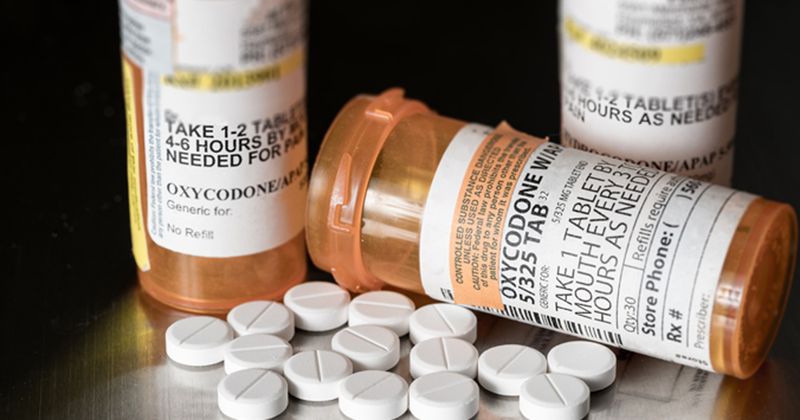1 in 10 patients continue prescription opioid use long after cardiac surgery
Nearly 1 in 10 patients who underwent CABG or heart valve surgery continued prescription opioid used more than 90 days after surgery, researchers found.
Additionally, patients who were prescribed at least 300 mg oral morphine equivalents also had elevated incidence of new persistent opioid use.

According to a retrospective cohort study published in JAMA Cardiology, researchers assessed data from a national administrative claims database from 2004 to 2016 of 35,817 patients who underwent CABG (72%) or heart valve procedures (28%). All participants were opioid-naive within 180 days before index heart surgery and filled an opioid prescription within 14 days after surgery.
The primary outcome was new persistent opioid use, defined as opioid use 90 to 180 days after surgery. Procedures included CABG, aortic valve replacement, mitral valve replacement or repair, tricuspid valve replacement or repair and double valve replacement.
Researchers found that new persistent opioid use had occurred in 10.2% of patients who underwent CABG and 8.1% of patients who underwent valve surgery (P = .001).
Subgroup risk for opioid use
Odds for developing new persistent opioid use were lower among patients who underwent heart valve surgery compared with patients who underwent CABG (OR = 0.78; P < .001), according to the researchers.
The following groups had elevated risk for new persistent opioid use after cardiac surgery:
- women (OR = 1.15; 95% CI, 1.03-1.26);
- younger patients (OR = 1.02; 95% CI, 1.01-1.02);
- patients with congestive HF (OR = 1.17; 95% CI, 1.06-1.3);
- patients with chronic lung disease (OR = 1.32; 95% CI, 1.19-1.45);
- patients with diabetes (OR = 1.27; 95% CI, 1.15-1.4);
- patients with kidney failure (OR = 1.17; 95% CI, 1-1.37);
- patients with chronic pain (OR = 2.71; 95% CI, 2.1-3.56);
- patients with alcoholism (OR = 1.56; 95% CI, 1.23-2);
- patients taking benzodiazepines (OR = 1.71; 95% CI, 1.52-1.91); and
- patients taking muscle relaxants (OR = 1.74; 95% CI, 1.51-2.02).
“In this large study cohort of privately managed health insurance patients, we found that opioids are extensively used after cardiac surgery and that new persistent opioid use within 90 to 180 days from surgery is a substantial concern, occurring in approximately 1 in 10 patients,” Chase R. Brown, MD, MSHP, resident in the integrated cardiac surgery program at the Hospital of the University of Pennsylvania, and colleagues wrote. “We determined that the initial amount of opioids prescribed to a patient at discharge is associated with the likelihood of developing persistent use.”
In other findings, patients who were prescribed more than 300 mg oral morphine equivalents at discharge were at greater risk for new persistent opioid use compared with patients who were prescribed a lower dose.
“Cardiothoracic surgeons, cardiologists, primary care clinicians and advanced practitioners should all enact evidence-based protocols to identify high-risk patients for persistent use and minimize opioid prescriptions postoperatively with multimodal analgesia techniques,” the researchers wrote.
More judicious use
“Rote documentation of the patient’s social history is insufficient to identify patients at high risk of avoidable long-term postoperative opioid use,” Steven A. Farmer, MD, PhD, of the Center for Clinical Standards and Quality at CMS, and colleagues wrote in a related editorial. “Patients are unlikely to volunteer details of a personal or family history of substance use disorders or of personal psychological disorders unless specifically and skillfully asked, and clinicians need to integrate these variables into an evidence-based risk assessment. Especially for high-risk patients, opioid-sparing pain management strategies are needed. Enhanced Recovery Pathways are a well-defined set of perioperative interventions that may serve this purpose.
“In 1854, John Snow, MD, was credited with containing a cholera epidemic in London, England, by recommending removal of the pump handle from a contaminated well,” the editorial authors wrote. “More judicious use of postoperative opioids could narrow the current-day opioid epidemic by minimizing opioid exposure in the first place.”










